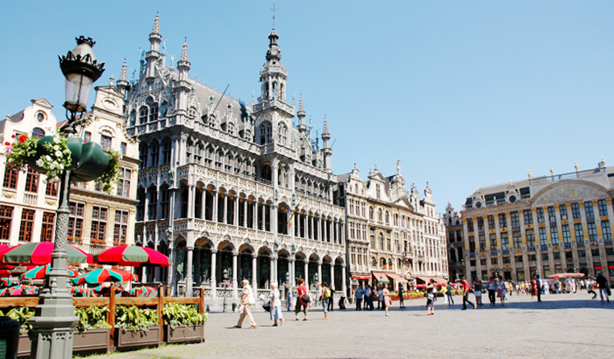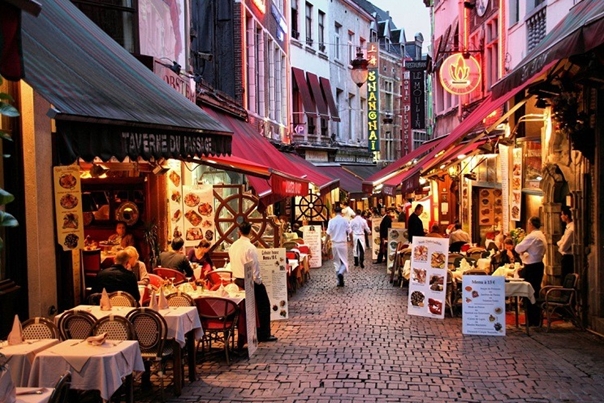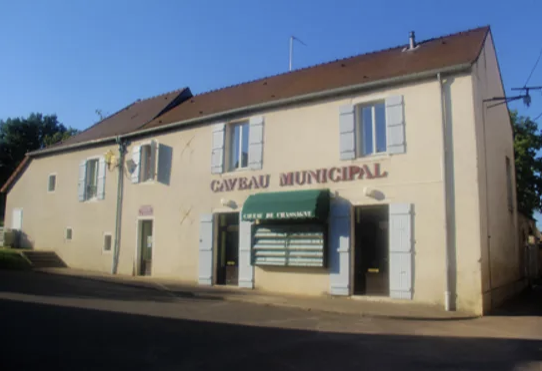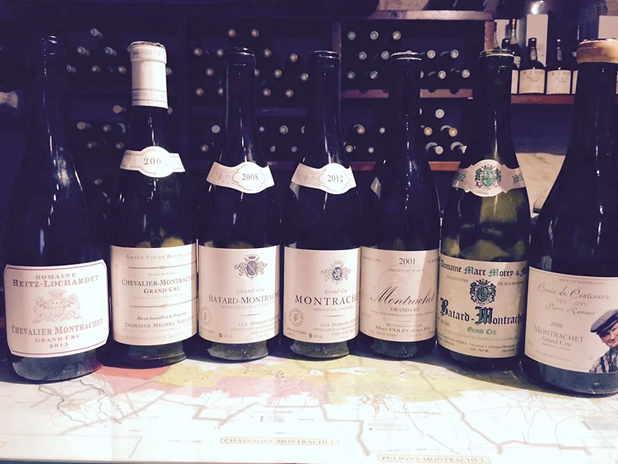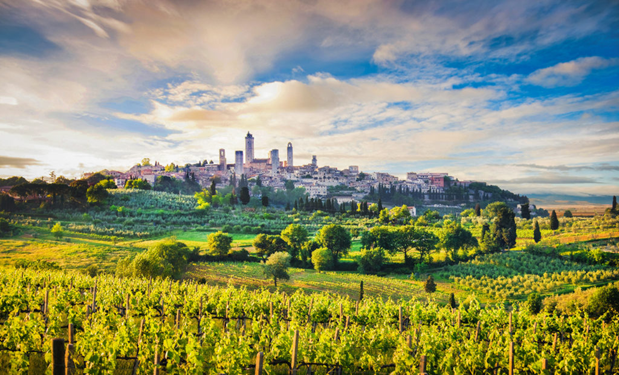Brussels, the capital of Belgium, is a handsome city with many interesting things to do there. But to be honest, it’s not a wine city. Oh, for sure, there are excellent wine lists at some restaurants. But there aren’t many Belgian wineries scattered around the country, so if you’re going to do that much driving, maybe you want to travel for around three hours and go to Champagne in France. Or, maybe vice versa, you could tag Brussels on to a Champagne visit.
The Grand-Place or Grote Markt. Photo courtesy of MakeMyTrip.
The best place to start a trip in Brussels is the Grand-Place, which is also known as the Grote Markt. [The Belgians have a great language divide. The Walloons speak French; the Flemish speak their own language, which is close to Dutch. You’ll see signs everywhere in both languages.] The Grand-Place has a lot of history, going back to the 11th century. In 1695, Louis XIV’s troops destroyed it, so the good burghers of Brussels vowed to reconstruct it even better than it was. They did it in about five years and so it remains today.
The Big Market (for that’s what it means in Flemish) is surrounded by opulent guild halls, the Hôtel de Ville (Town Hall) and lots of places to eat and drink. The Belgian make great beer, and they serve it by the liter. There are few things more pleasant on a warm summer afternoon, than enjoying a beer amongst the architecture, watching some Belgians and even more tourists going about their lives. A word of warning: The Belgians like some of their beers with fruit flavors (Kriek is lemon; Frambozen is raspberry; and Cerise is cherry.) Most Americans find these fruity beers to be awful, but some of us do like them on a hot day. Think of them as Kool-Aid with a kick.)
A few blocks away is the city’s symbol, the Mannekin Pis. It’s a small statue of a little boy, well, pissing. You ought to see it but you’ll find it a bit disappointing if you were expecting a Belgian version of the Statue of Liberty. Some enterprising Bruxellois erected another statue, of a little girl, the Manneka Pis. (You figure it out.) It’s in a 19th century covered shopping arcade, several of which are near the Grand-Place. They’re worth seeing just for the architecture and the window shopping.
The Ilôt Sacré. Photo courtesy of The Brussels Times.
Also just off the Grand-Place is l’Ilôt Sacré, or Sacred Island. It is neither an island nor sacred, but it is packed with seafood restaurants, with remarkable displays of shellfish and the finned fish. The restaurateurs take special pleasure in displaying a monkfish, arguably the sea’s ugliest creature, with a grapefruit in its mouth. Ugh! But the seafood is fresh and well prepared, so try a meal there. With wine.
Other sights worth taking in, also in the center of town, are the Grand and Petit Sablons, a neighborhood full of boutiques and excellent restaurants. There’s a fence surrounding the Petit Sablon, and each post is topped with a statue of a tradesman. There are 48 of them and it’s fun figuring out how many you can identify.
There are two well-known art museums, one for older (ancien) art and another for the modern. The old art includes the world’s best collection of Breughels and the modern one has the same for Magritte. Finally, this is where the world-famous singer, Jacques Brel, was from. Of course there’s a square named for him and if you are or were a fan of Jacques Brel, just to be there makes you feel close to him.
